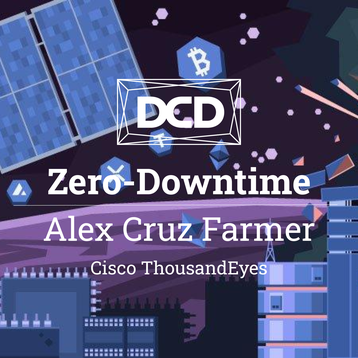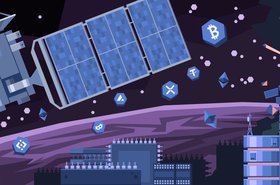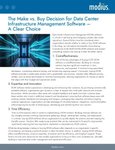The dreaded lock-down.
Highlights for me were arguments over who got to go out and do the food shopping (for the mere reason that it meant we could go out,) the miniature home libraries people did on their doorsteps, and the Barossa Valley writing to personally thank me for keeping their vineyard financially afloat.
That last one didn’t happen, but there was a definite increase in wine consumption to cope with the strain and anxiety of a global pandemic.
But it wasn’t only people who struggled during the lockdown, as discussed with Alex Cruz Farmer in our latest podcast episode about the impact lockdown had on IT.
Thankfully, Cruz doesn’t only focus on the tech. He explores the human experience a little, too.
“I think all of us have really felt the pain of moving to work from home. A lot of us were super excited as they didn't have a commute anymore. But actually, as we started settling into that world of working from home, things became a lot more challenging and a lot more difficult.
“One of the things that we learned, and a lot of our colleagues felt, are some of the challenges of not being in the office; not being able to collaborate one-to-one as they used to or in a group setting around a whiteboard. And most importantly, there were so many new IT issues that cropped up.”
Personally, I like the happy balance we have now, where many of us do flexible working. I start to go a little stir-crazy at home, like an outdoor cat that loses its garden privileges.
“I read an interesting stat the other day that 32 percent of people have considered leaving their jobs or have left their jobs, purely on the basis that their IT requirements or needs weren't being met,” Cruz told DCD’s Peter Judge. “Those types of figures are astonishing. Finding people and retaining people is very challenging for organizations, and it's costly to fill that seat again.”
So companies need to find a way to match these IT challenges, particularly given the industry-wide skill shortage. Unfortunately, it isn’t as simple as just wishing it into existence.
“Coming from an environment of having 10 or 20 different premises where people would work, you've gone to having thousands of offices, each with just one single person.
“With this, comes a lot of complications. Because we're not only in this branch of one, but we're also in almost a shared office with other businesses. My partner also works from home, she sits downstairs while I’m upstairs in the house. But each of us uses different technologies.
“I'm using WebEx and Microsoft Outlook and her organization is using a very different set of technology, so the type of issues that each of us is having has been quite interesting. One of the things that we have seen, and has been a real challenge for IT has been that all of us have and rely on Wi-Fi to do our jobs.
“Most people will design and build their Wi-Fi based on where they are in their common areas: their living room, their kitchen, those common areas, and the main bedroom.
“So a lot of people ran into a number of challenges around being able to have a solid Wi-Fi connection. All of these problems started unraveling and that was a real challenge for IT because you don't have any visibility into the technologies that you have within your home.”
So how do we work around this? How do we get that transparency into IT issues while working from home?





